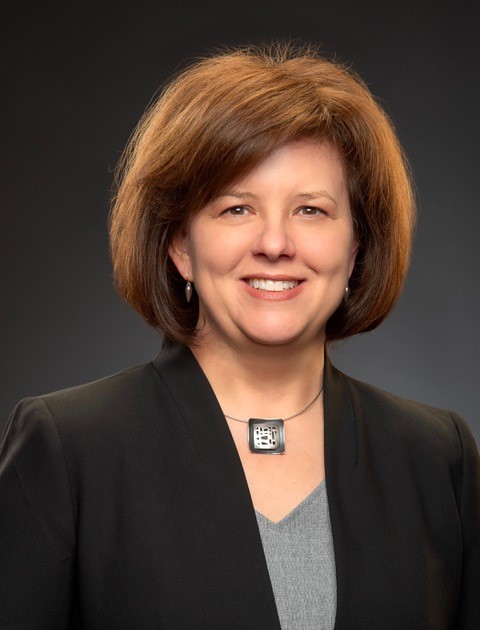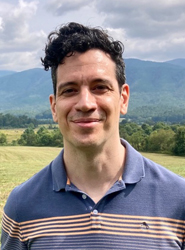The English-student-to-physician pathway is less rare than one might think—medicine, after all, is highly creative.

What can you do with an English major? Whatever you want, says Vol Alumna Dr. Carolyn Thompson (’88), who graduated with a BA in English, attended medical school, and established a successful practice as an obstetrician-gynecologist.
Her path from English to an MD is not unusual. Though English and other humanities majors constitute less than 15% of those enrolled in medical schools, these majors earn higher scores on the MCAT exam on average and are more likely than majors in biology or other pre-health fields to be accepted into medical school. Those who combine the fields of English studies and medicine, like Carolyn, find that they complement each other in important ways.
“Literature taught me how to think,” Carolyn said. Someone who can understand the inner workings of a piece of literature, she suggests, is prepared to deal with patients and their symptoms. “Patients will tell you what’s wrong with them if you just pay attention, and that’s what being an English major is.”
Literature teaches one how to interact and connect with other people, skills that are essential to diagnosis, treatment, and care. As Carolyn describes it, healing begins at the point where a doctor or other health practitioner says, “I’m present to you, I hear you, I’m listening to you.” In short, there’s an art and a science to medicine: premed courses deal with the scientific dimension of illness, while English the interactive, creative side. Medicine, after all, is highly creative. In surgery, for instance, “everything you do changes something, and you have to be prepared to deal with that change in circumstance.” No wonder medical schools want students with the nuanced, supple intelligence that English studies cultivates.


